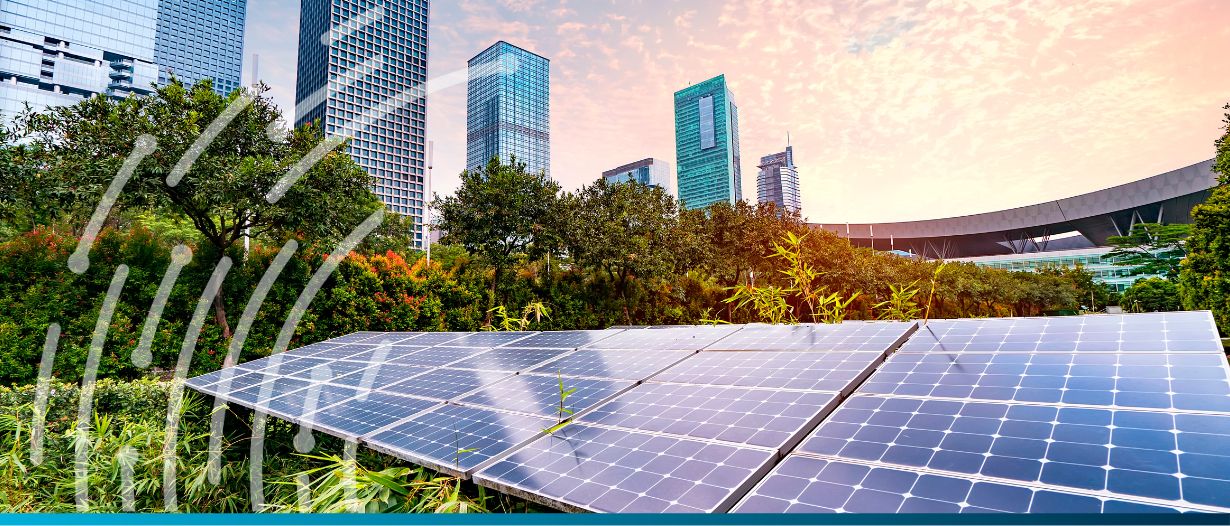Estimated reading time: 3 minutes
European Union officials commenced pivotal discussions on Tuesday to establish regulations aimed at fostering domestic production of green technology equipment, including those used in solar and wind power, as well as fuel cells.
The initiative is designed to enhance the competitiveness of European industry against its counterparts in China and the United States.
The EU has set a goal for 2030 to domestically produce at least 40% of the essential products for reducing greenhouse gas emissions. This includes a wide array of green technologies such as renewable energy sources, battery storage solutions, heat pumps, electrolysers, biogas systems, carbon capture technologies, and electricity grid components.
The dependence on China for green technology manufacturing is growing within Europe, with predictions indicating China could hold up to 80% of the global production capacity for solar energy. Additionally, there is concern over the potential impact of the $369 billion allocated for green subsidies through the U.S. Inflation Reduction Act, which may incentivise European manufacturers to move their operations to the U.S.
Discussions between members of the European Parliament and representatives from Belgium, currently presiding over the EU’s rotating presidency, started on Tuesday morning with the aim of finalising the Net-Zero Industry Act (NZIA).
The NZIA is a key element of the EU’s strategy to lead globally not only in reducing emissions but also in the production of clean technologies. Expected to be implemented later this year, the act will simplify the process for obtaining permits for projects that enhance EU manufacturing, ensuring decisions are made within an 18-month timeframe.
Additionally, the legislation will require public authorities to consider environmental criteria and diversification of supply sources when awarding contracts for clean technology equipment, ensuring no single supplier accounts for more than 65% of the supply.
Achieving the 40% production goal will be challenging, especially in the solar industry, where domestic manufacturers currently provide less than 3% of the solar panels used in the EU and are struggling to remain viable. The EU’s wind energy sector is more robust, although it is beginning to see competition from Chinese firms.
While the NZIA aims to boost local production and coordinate the use of various EU funds, it does not introduce new financial resources to compete directly with the U.S. Inflation Reduction Act. Plans for a proposed European Sovereignty Fund have not come to fruition.
The focus of Tuesday’s discussions was expected to be on the broad interpretation of green technology, including whether to encompass nuclear power and all equipment components, the possibility of reducing the timeline for permits, and the application of non-price criteria in tender processes.




























